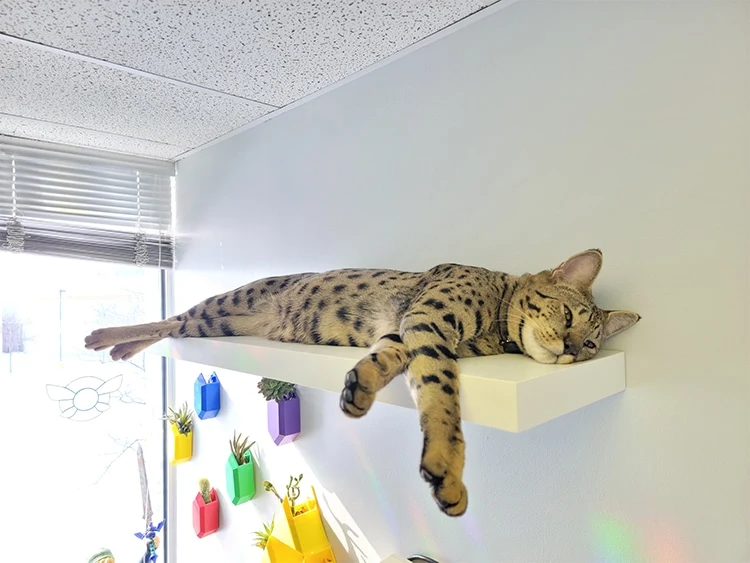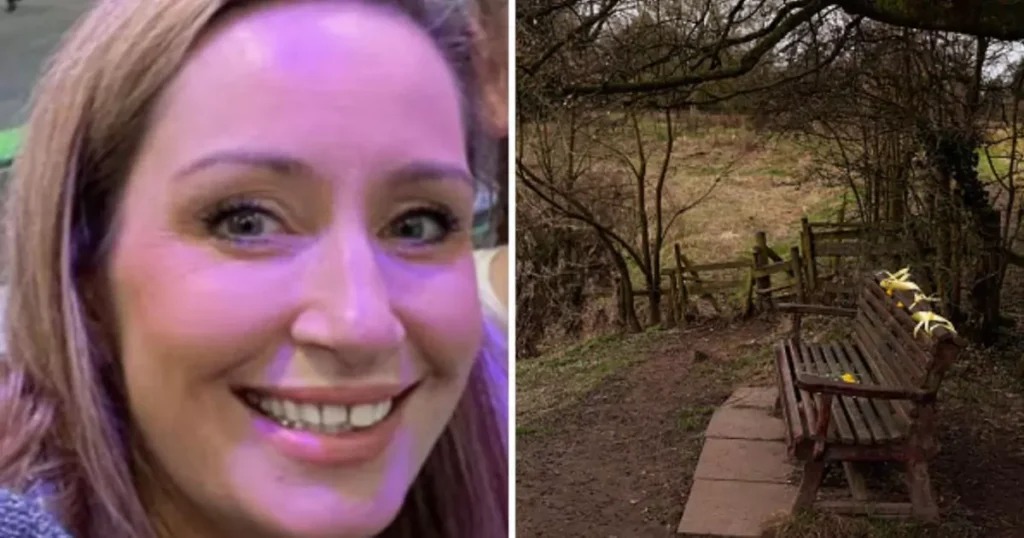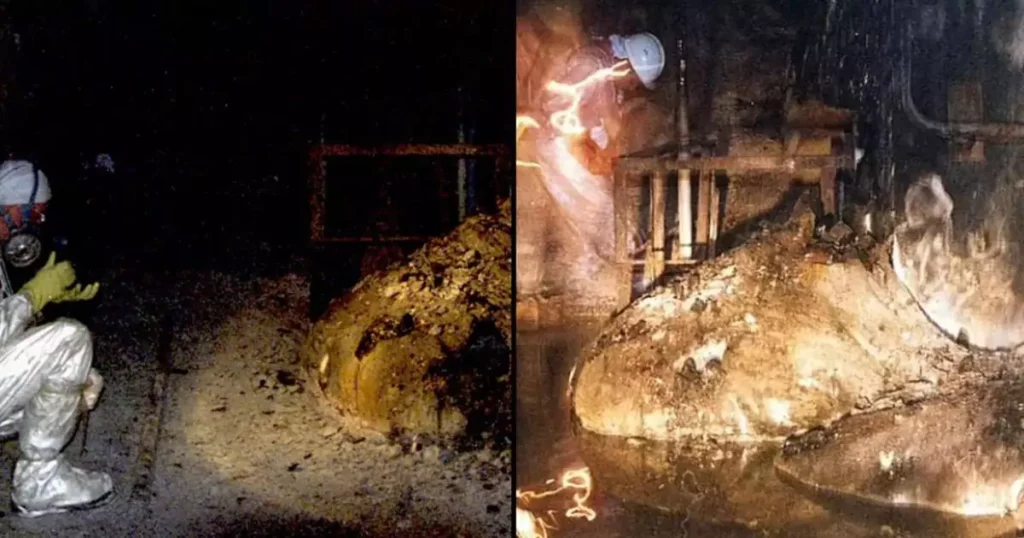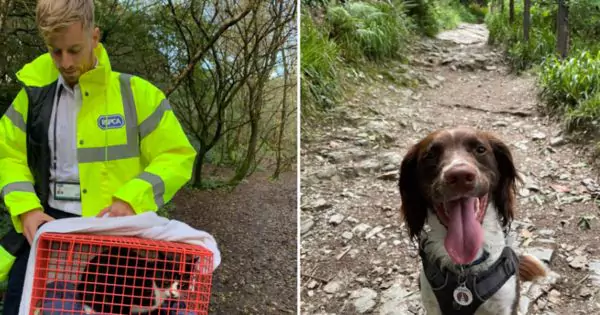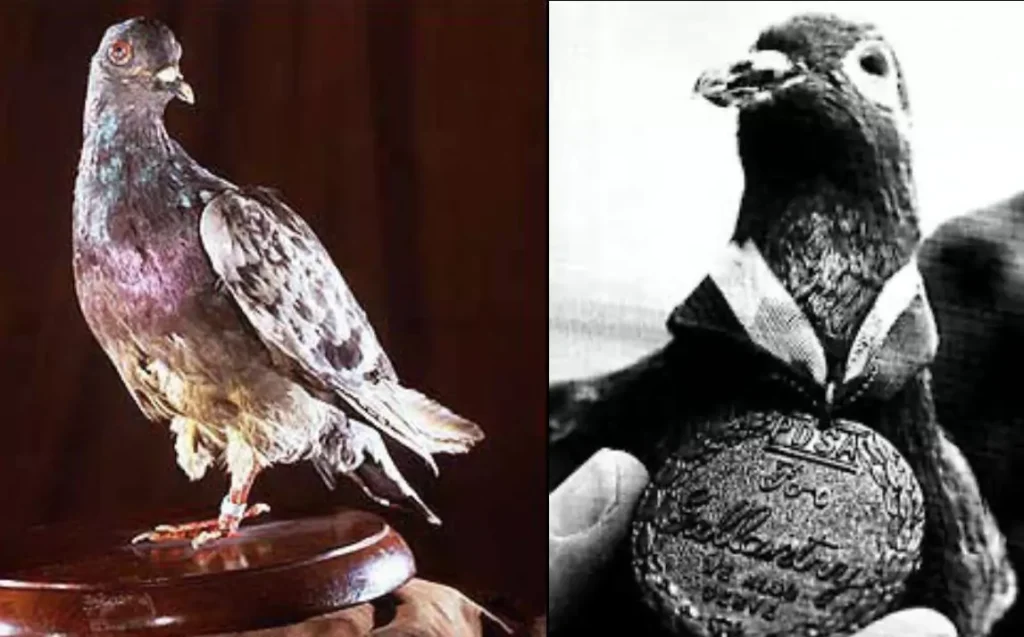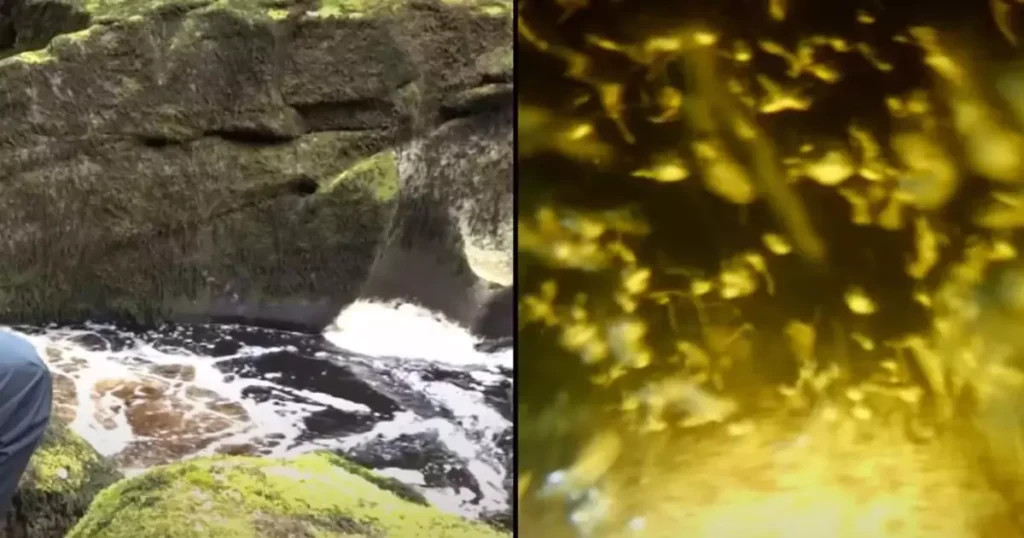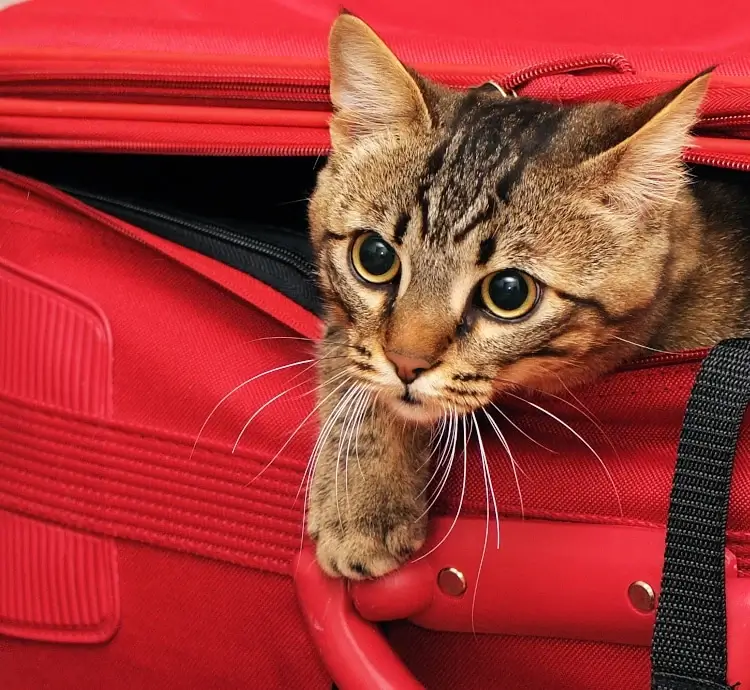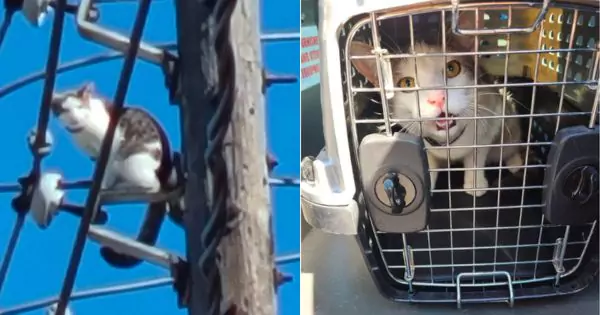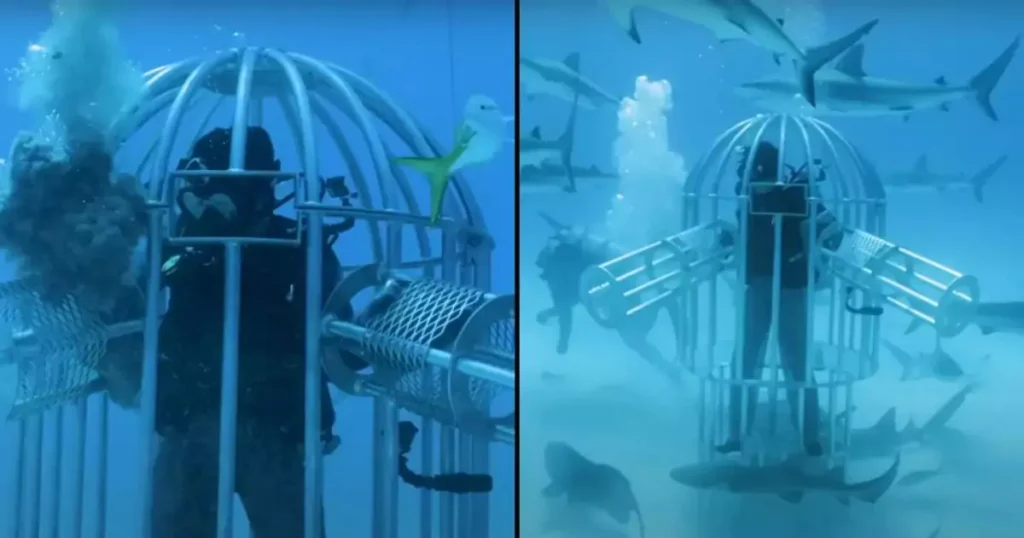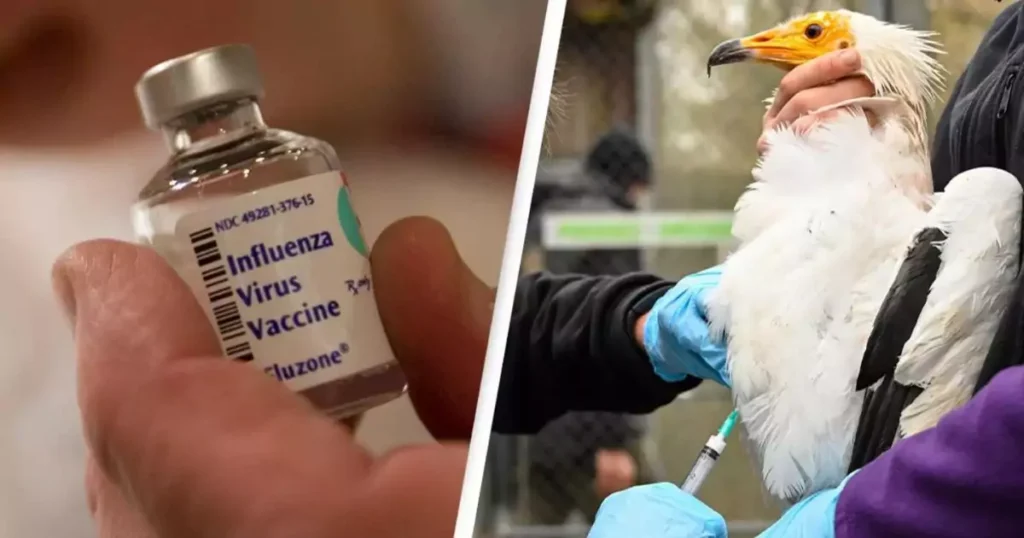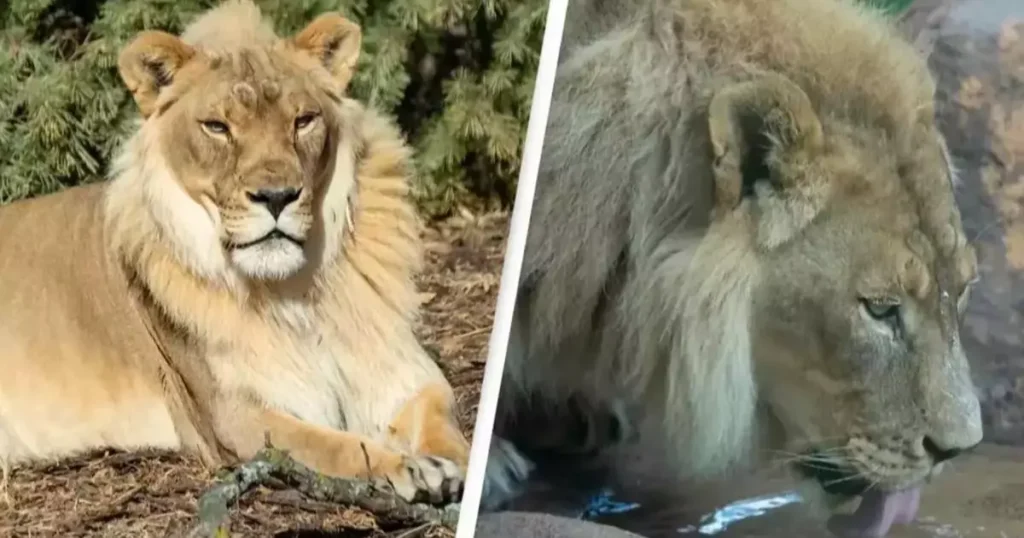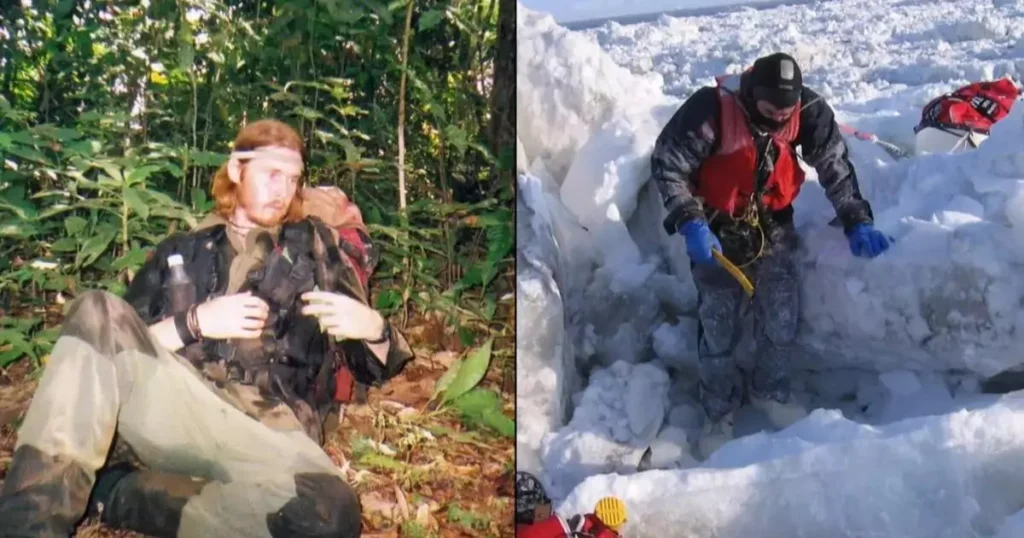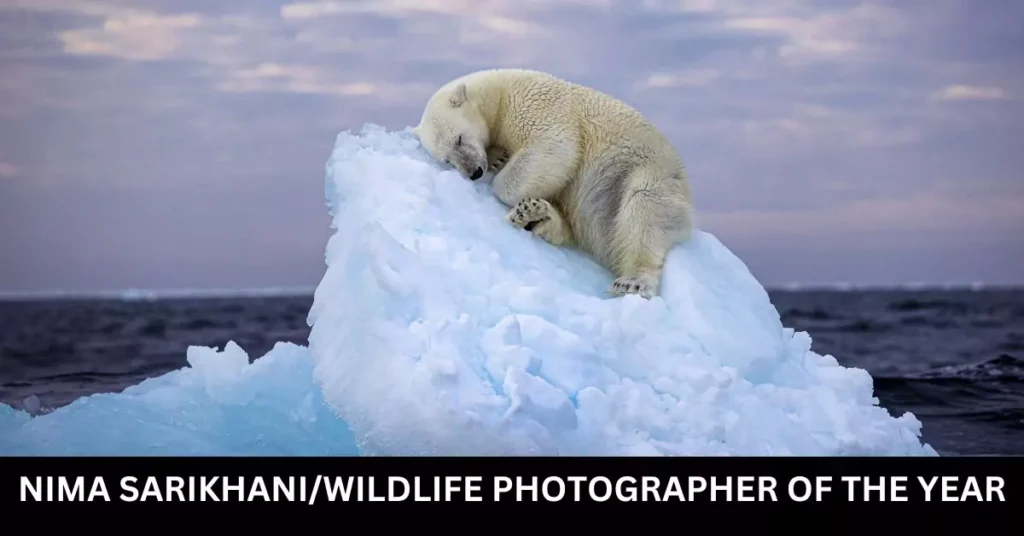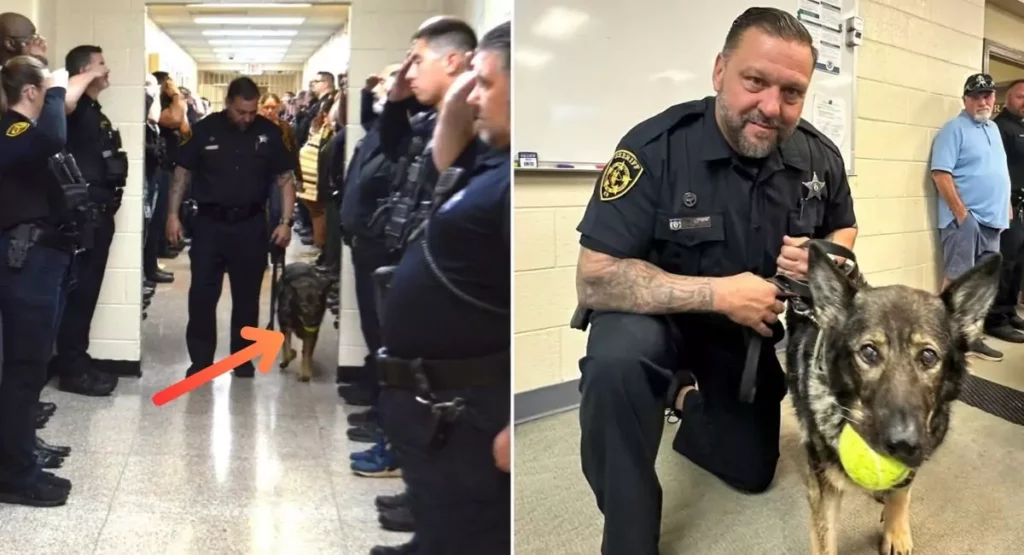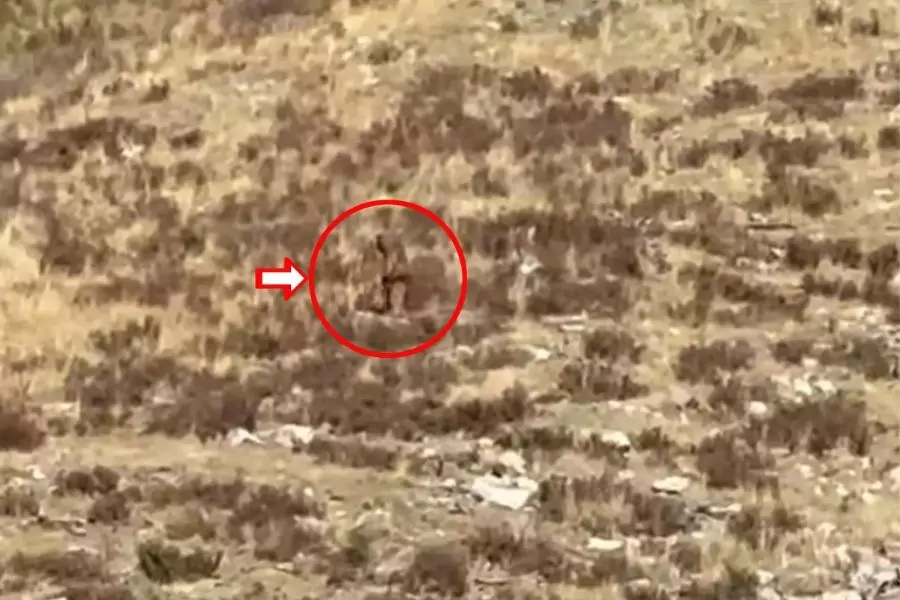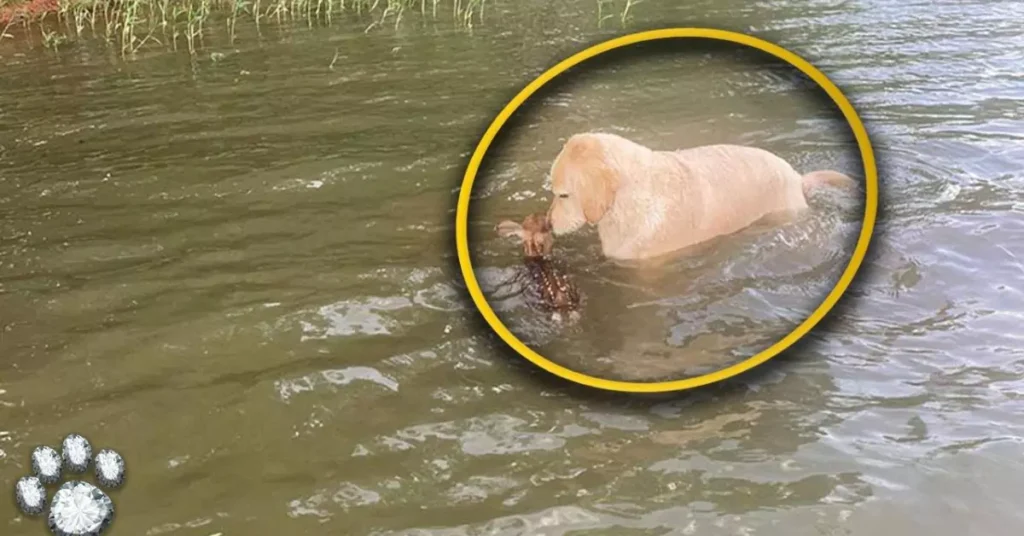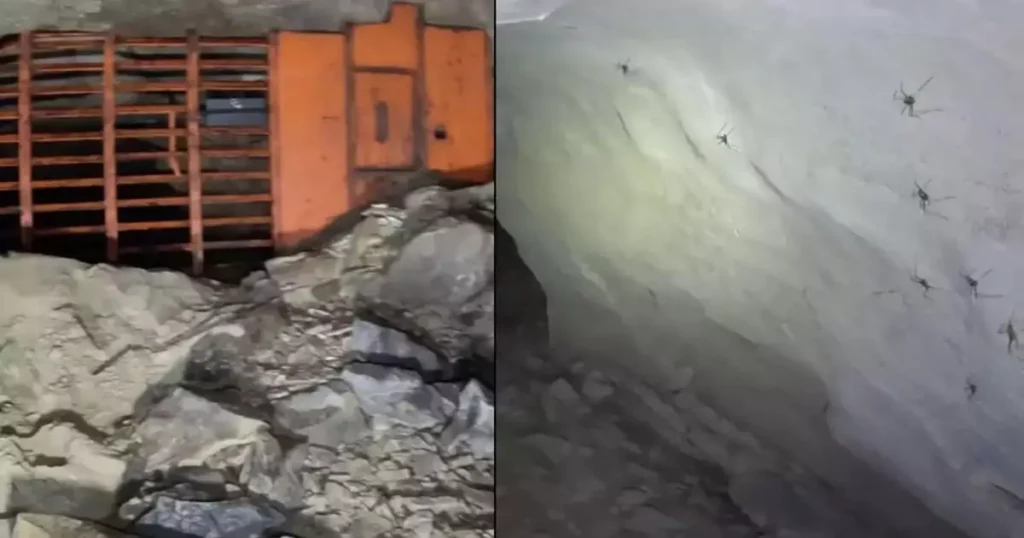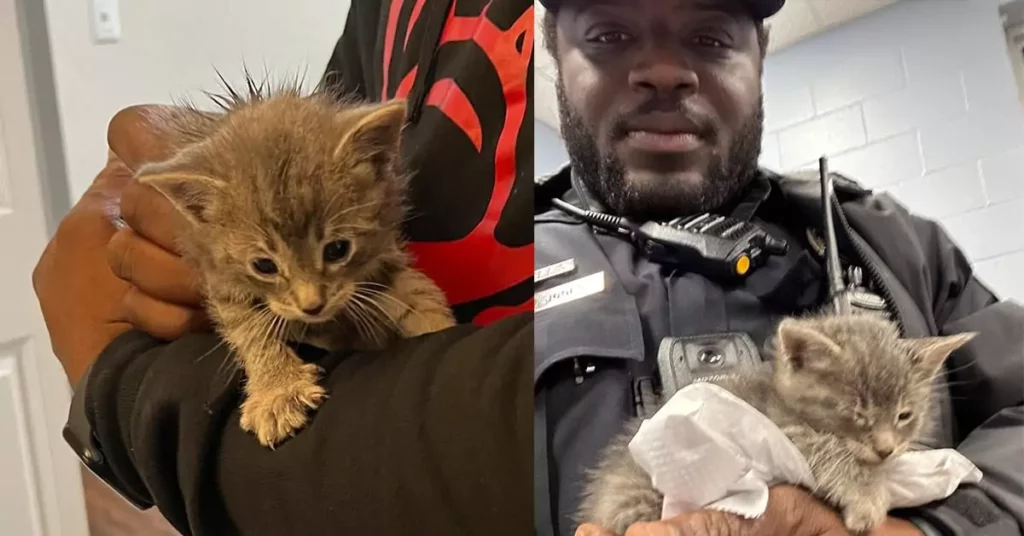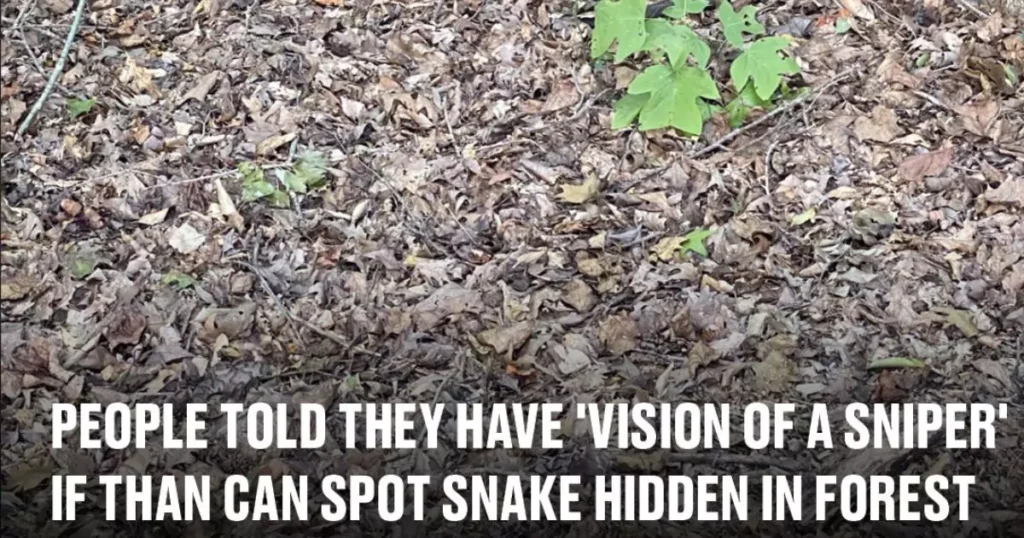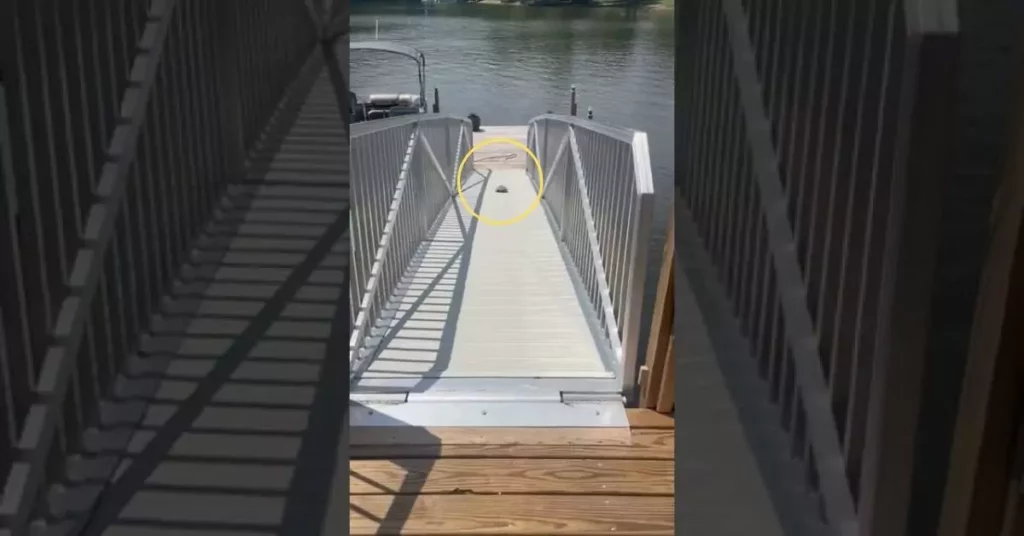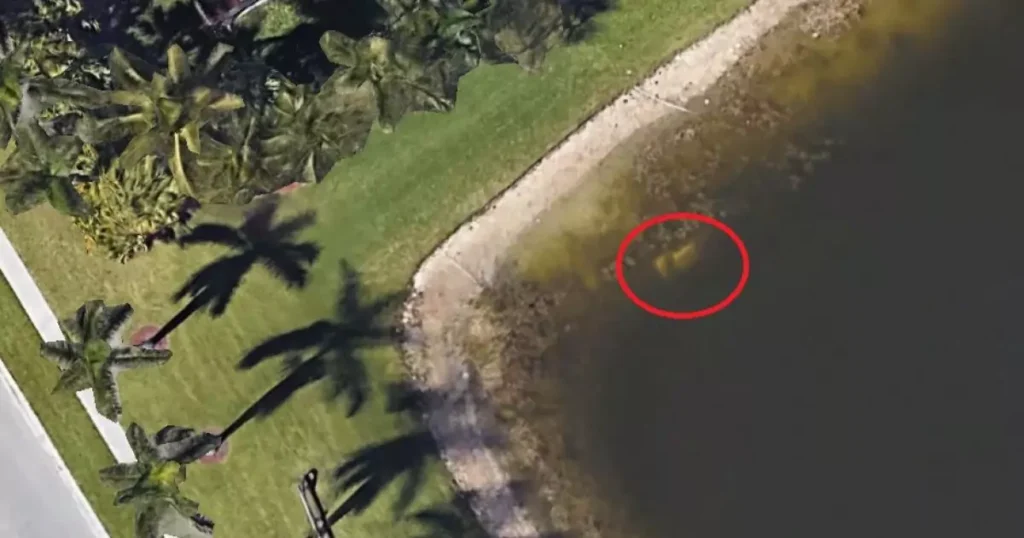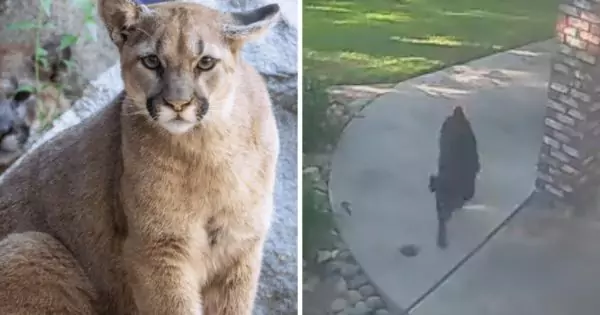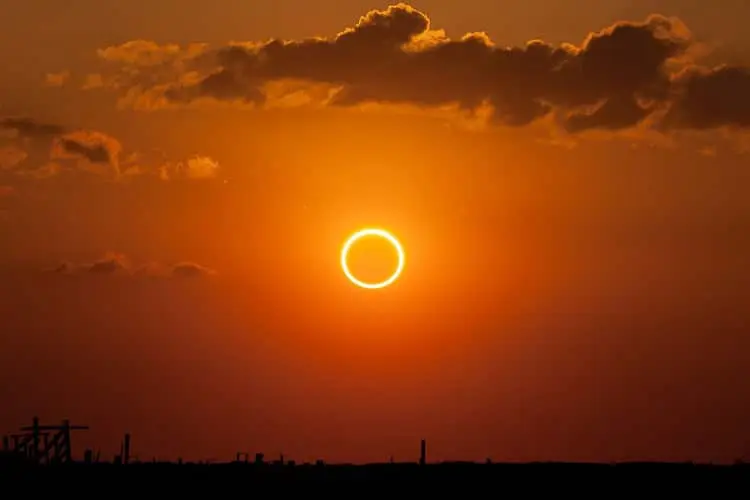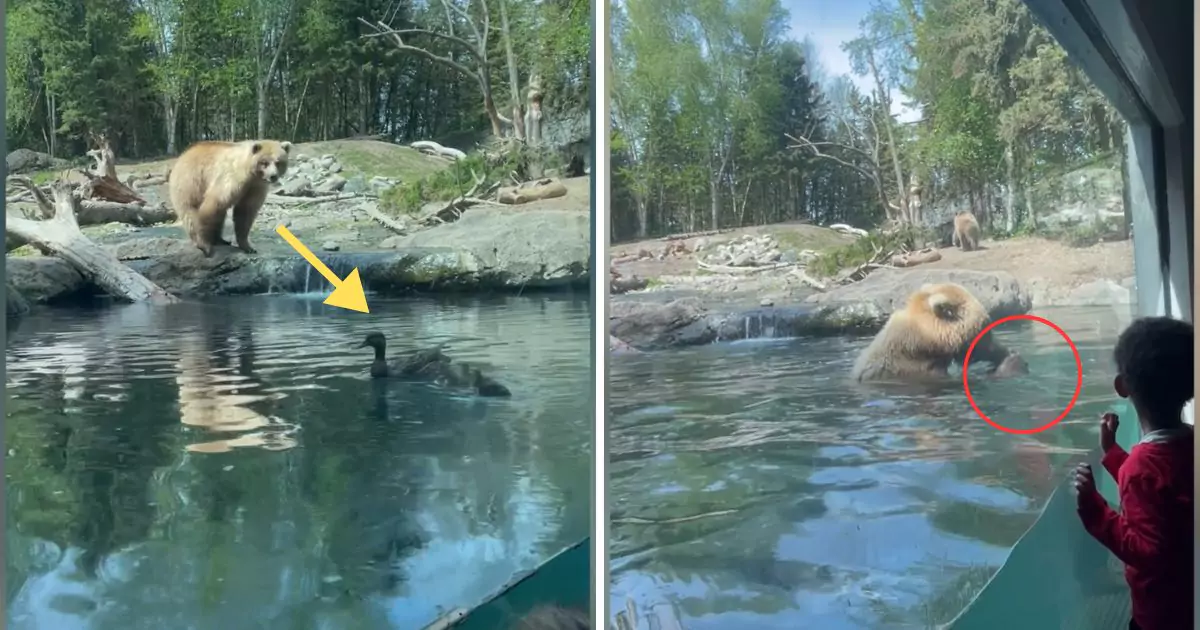
Planning a family day out? A trip to the zoo is often a favorite choice for parents, promising both fun and learning opportunities in a safe environment. Yet, nature has its own plans, as witnessed by visitors at Seattle’s Woodland Park Zoo. This visit turned into a vivid live lesson on nature’s food chain when Juniper, a bear with a history in the wilds of Alaska, demonstrated her predatory instincts right in front of a young birthday party crowd.

Woodland Park Zoo, a well-regarded institution in Seattle, is known for its commitment to animal welfare and education. On any given day, families flock to the zoo expecting to see animals in safe, carefully constructed habitats that mimic their natural environments. The zoo serves as a sanctuary not only for the animals it houses but also as an educational resource, offering visitors insights into the diversity of wildlife and the importance of conservation.
On April 23, during a birthday party, a mother named Rachelle and her group encountered Juniper, a coastal brown bear originally from Alaska, now residing in the zoo. The bear’s enclosure included various naturalistic features such as logs, rocks, and a large pool of water. It was this pool that attracted a mother duck and her ducklings, setting the stage for a stark display of predatory behavior.
Juniper, spotting the ducklings, displayed typical bear behavior by immediately taking an interest in them. As the ducks swam obliviously, Juniper plunged into the water in pursuit. This action, driven by instinct, highlighted a survival mechanism inherent in many predators: the drive to hunt.
The Children’s Reaction
The children’s reactions ranged from shock to distress as they witnessed the ducklings’ plight. Rachelle captured this moment on video, labeling it a “Nat Geo train wreck” in her TikTok post. Although such a sight was unsettling, especially during a birthday celebration, it provided a raw, unfiltered look at the predatory behaviors that are part of natural ecosystems.
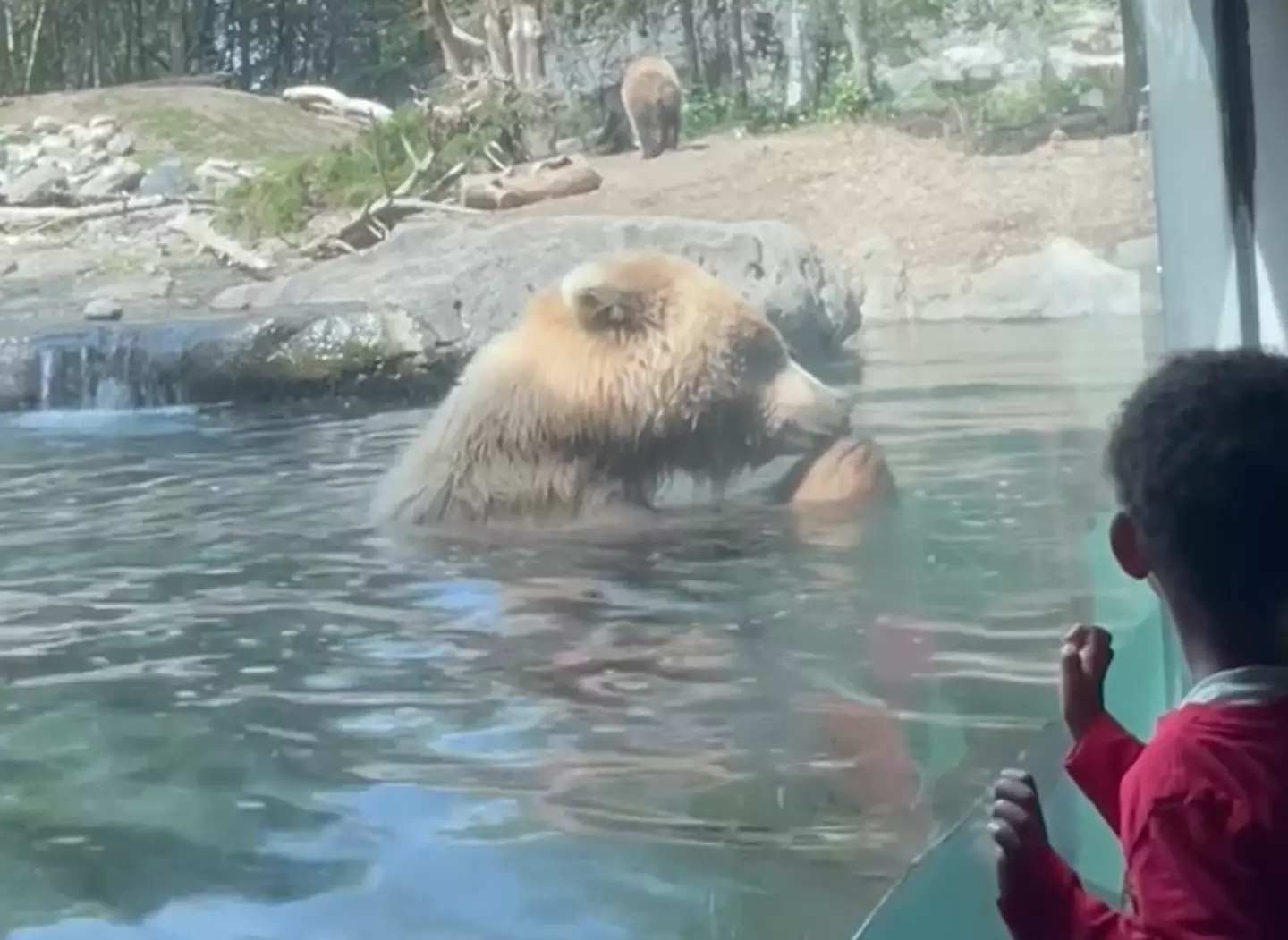
Educational Perspective
This unplanned lesson at the zoo offered a unique educational opportunity. Instead of the sanitized versions of nature often portrayed in media and books, the children saw nature’s reality unfiltered. Discussions following the event likely touched on topics of life and death in the animal kingdom, predator-prey dynamics, and the ethical considerations of displaying such realities in settings frequented by families.
Coping with Nature’s Reality
The role of caregivers in such situations is crucial. How adults respond to and discuss these events can shape children’s understanding and emotional reactions. In this case, Rachelle used the incident as a teaching moment, explaining the natural behavior of bears and reinforcing that what they witnessed, while distressing, was a normal part of life in the wild.
Future Implications
This incident at Woodland Park Zoo serves as a reminder that zoos, while controlled environments, are also spaces where wild behaviors can manifest, often unexpectedly. It raises questions about the visibility of such predatory acts to the public, especially in areas frequented by families with young children.
The experience at Woodland Park Zoo serves as a powerful reminder of the complexities of nature. For the children at the birthday party, it was an unforgettable encounter with the rawness of the natural world. For the zoo, it is an opportunity to enhance educational offerings and prepare visitors for the full spectrum of natural behaviors. This event underscores the importance of zoos not just as places of conservation and leisure but as crucial educational institutions that provide a realistic view of the natural world.






